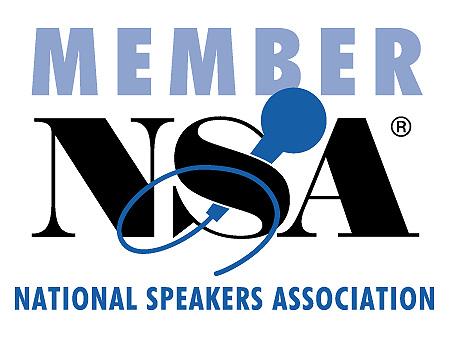 Send to Kindle
Send to KindleA recent article in the New York Times centered on the military’s overuse of PowerPoint as a communication medium. From my own experience, I can attest to the truth that a successful staff member in the military either acquires PowerPoint skills or dies in the effort. In fact slide making has reached a singularly distinctive point in military culture making it the butt of creative, humor.
But, there is a serious side to the issue. I can remember a world without PowerPoint, or any other easy way of making visual aids. Yes, I remember Harvard Graphics, but I said easy. What we now called slides were usually made with markers on a piece of acetate (clear plastic). Though the higher corporate leadership didn’t make their own slides they still used them. Fortunately, today we have wonderful tools that help us produce a never ending shower of stuff, all with beautiful formatting and lovely pictures. Now we can all make beautiful visual aids. Constantly! Seemingly without regard to what it’s costing to do it!
Think about that last meeting or seminar you attended. Were there a bunch of slides with all kinds of stuff all over them? Was the entire presentation written out in small print suitable for an eye exam? How long do you think it took the presenter to make those slides? How much of what you saw do you remember?
PowerPoint, like many things, is best when used in moderation. It can reinforce or supplement your presentation, but when used as the centerpiece of the presentation, it loses its effectiveness. There are many studies indicating that everyone has a particularly effective method of learning. Some learn best by reading, some by listening, and many by doing. When you use visual aids to enhance your presentation, you’re more likely to stimulate more than one mode of learning. Also, good visual aids will help hold your audience’s attention. Bad visual aids will have exactly the opposite effect.
Here are a few tips to make visual aids better. I’ve included a sub bullet for each to show how I’d put it on a visual aid.
– Use words sparingly. Short bullets with main points only. If the bullet extends to two lines it may be too long. Like this one.
— Short bullets. Main points only!
– Careful with graphics. If you use a chart, it should probably be the only thing on the slide, without explanations. That’s what you’re for!
— Graphics like charts get their own slide
– Don’t use transitions. I know that some very smart software engineer spent a lot of time creating nifty transitions, (how the slides change) but they don’t do much for your presentation. They also tend to slow you down, especially if the computer is a little slow.
— No transitions!
– Be careful with colors, especially red and yellow. Yellow is equivalent to invisible ink! Red has some really weird properties. It can appear as any of a million different shades including pink and if it hits the right hue can actually dance around on the screen.
– Don’t use yellow or red
Notice how each bullet stands on its own while reinforcing the narrative of what I would say. My audience would not be concentrating on the slide instead of listening to me.
Learn more tips with How to Lead Meetings Your People Won’t Hate And Might Even Want to Attend!”



